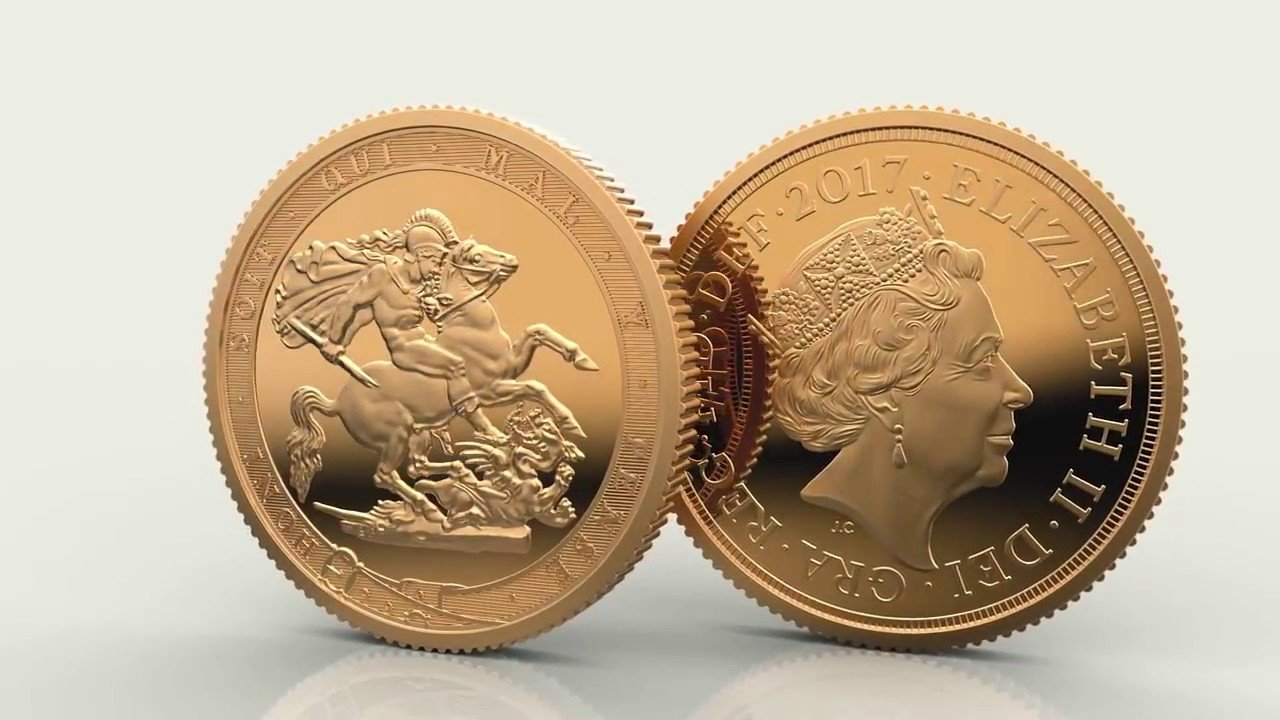History and Significance of Gold Sovereign
The gold sovereign is more than just a coin; it represents a rich history and a symbol of British heritage. Its journey from inception to becoming one of the most respected coins in the world is fascinating. For both collectors and investors, understanding the historical importance and the role it plays in today’s economy is vital. If you’re considering adding a gold sovereign coin to your portfolio, this guide will provide a detailed overview of its significance.
The Origins of the Gold Sovereign
The gold sovereign coin was first introduced in 1489 under the reign of King Henry VII. Its initial purpose was to represent the wealth and power of the monarchy. Struck from solid gold, it bore the image of the king on one side and the royal arms on the other, symbolising the strength of the British Empire. While it initially had more ceremonial purposes, the gold sovereign quickly became a key component of England’s currency system.
Why It Was Named “Sovereign”
The term sovereign is a nod to the coin’s representation of the monarchy’s sovereignty. The image of the reigning monarch graced every coin, cementing the connection between the currency and the crown. Over time, the sovereign became a trusted coin not just within the UK but across Europe and beyond, thanks to its consistent weight and high gold purity.
Reintroduction in 1817
After a period of decline, the gold sovereign was reintroduced in 1817 during the reign of King George III. This reissue marked the beginning of what is now considered the modern gold sovereign. The Royal Mint, with improved technology and precision, ensured that each sovereign contained exactly 7.98 grams of 22-carat gold (91.67% purity). This consistency helped the sovereign gain international trust and respect.
Impact of the Reintroduction on Global Trade
The reintroduction of the gold sovereign had a significant impact on global trade. Its weight and purity were trusted by nations across the world, and it became a staple in international transactions. British trade routes, expanding across the globe during the height of the British Empire, further solidified the gold sovereign’s position as a globally accepted currency.
The Design of the Gold Sovereign
The design of the gold sovereign has remained relatively consistent since its reintroduction in 1817. One of the most iconic images is that of Saint George slaying the dragon, designed by the Italian engraver Benedetto Pistrucci. This design, featured on the reverse of the coin, is still used today and has become synonymous with the gold sovereign.
Symbolism in the Design
The image of Saint George slaying the dragon is symbolic of good triumphing over evil. For investors and collectors, this symbolism enhances the coin’s appeal, making it more than just a piece of gold. The design has become a symbol of British resilience and power, qualities that continue to attract buyers.
Gold Sovereigns During the Victorian Era
The reign of Queen Victoria saw the gold sovereign reach new heights of popularity. The coin featured the young Queen’s portrait early in her reign, but as she grew older, different versions of her image were minted. The Jubilee Head and the Old Head designs became iconic and are now highly sought-after by collectors.
Role in Expanding the British Empire
During the Victorian era, the British Empire was at its zenith. The gold sovereign played a crucial role in financing the Empire’s expansion. Its reliability and gold content made it a trusted currency, both in Britain’s colonies and among trading partners worldwide.
The Gold Sovereign in the 20th Century
The gold sovereign remained a key currency into the 20th century. However, after World War I, the use of gold coins in everyday transactions started to decline as paper currency became more popular. Despite this, the gold sovereign maintained its place as a trusted store of wealth.
World Wars and the Gold Sovereign
During the world wars, many countries abandoned the gold standard, which reduced the circulation of gold sovereigns. However, the coin still played a pivotal role as a store of value. In times of crisis, people turned to gold sovereigns as a reliable form of wealth preservation.
Modern-Day Significance of Gold Sovereigns
Today, the gold sovereign is no longer used as everyday currency, but it holds immense significance for investors and collectors. Its gold content makes it a secure investment, while its historical importance and symbolism provide additional value.
A Safe Haven Investment
Gold has always been seen as a safe haven during economic instability, and gold sovereigns are no different. Their relatively small size and high gold content make them an accessible form of investment for individuals looking to diversify their portfolios. Moreover, in the UK, gold sovereigns are exempt from Capital Gains Tax (CGT), making them an even more attractive investment option.
Collecting Gold Sovereigns
Many people are drawn to collecting gold sovereigns, not just for their investment value but also for their historical and aesthetic appeal. Some collectors focus on acquiring specific versions, such as the Victoria Jubilee Head or the Edward VII sovereign, while others aim to build a complete collection of monarch portraits.
Factors That Influence Collectibility
Several factors can influence the collectibility and value of a gold sovereign. These include the coin’s condition, the year it was minted, and whether it features any rare design variations. Coins in mint condition, especially older sovereigns, can command high premiums in the collector’s market.
Why Gold Sovereigns Remain Popular Today
The popularity of gold sovereigns continues to thrive in the modern age. They offer a blend of historical significance and tangible value that few other investments can match. Their durability, thanks to their 22-carat composition, ensures that they stand the test of time, making them a secure and reliable asset for future generations.
Ease of Trade and Liquidity
One of the reasons for the gold sovereign’s enduring popularity is its liquidity. Gold sovereigns can easily be bought and sold in various markets around the world. Because of their standardised weight and composition, they are universally recognised and accepted, making them one of the most liquid forms of gold investment.
Conclusion
The gold sovereign has cemented its place in history as more than just a coin—it’s a symbol of British legacy, global trade, and financial security. Whether you’re drawn to its historical roots, its stunning design, or its value as a secure investment, the gold sovereign offers a unique blend of purity, durability, and collectibility. As a modern-day investor or collector, understanding its history and significance will help you make informed decisions that can benefit your portfolio for years to come.






